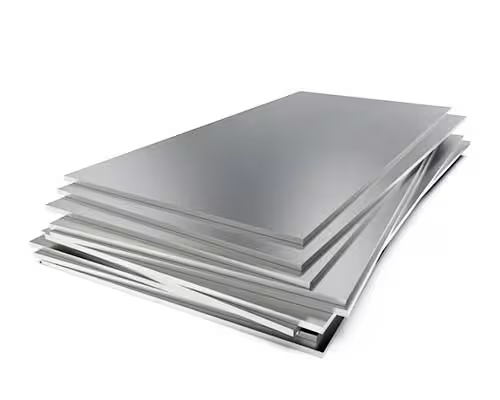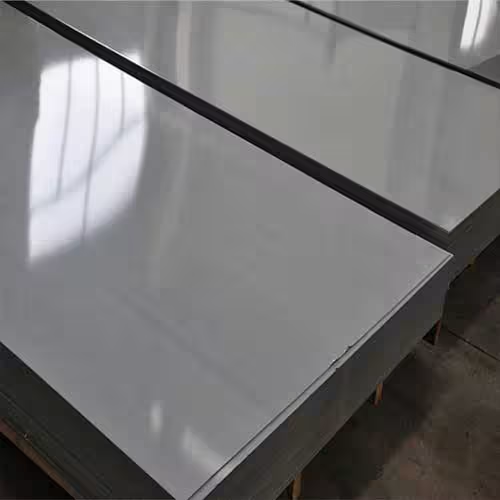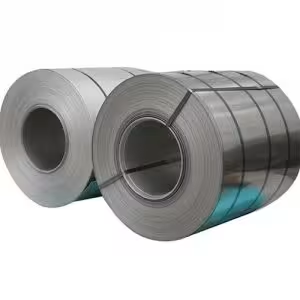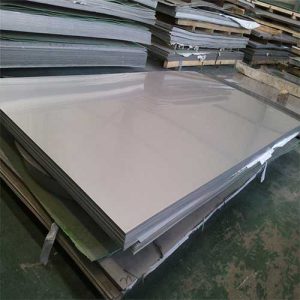Welcome to My Blog!
Before we dive into the content, I’d love for you to join me on my social media platforms where I share more insights, engage with the community, and post updates. Here’s how you can connect with me:
Facebook:https://www.facebook.com/profile.php?id=61565500692293
Now, let’s get started on our journey together. I hope you find the content here insightful, engaging, and valuable.
Table of Contents
Introduction

Stainless steel steel plate is a versatile and essential material used across a wide range of industries. Its unique properties, including corrosion resistance, durability, and aesthetic appeal, make it a preferred choice for numerous applications. As a professional steel supplier, we understand the importance of providing high-quality stainless steel steel plate to meet the diverse needs of our clients. This blog post explores the various types of stainless steel steel plate and their applications, providing valuable insights for professionals and enthusiasts alike.
Understanding the Composition of Stainless Steel Steel Plate
The remarkable properties of stainless steel steel plate stem from its unique composition. Unlike regular carbon steel, stainless steel contains a minimum of 10.5% chromium. This chromium content forms a passive layer of chromium oxide on the surface, which protects the steel from corrosion.
- Key Alloying Elements:
- Chromium: Provides corrosion resistance.
- Nickel: Enhances corrosion resistance and formability.
- Molybdenum: Improves resistance to pitting and crevice corrosion.
- Other elements: Such as manganese, silicon, and nitrogen, contribute to specific properties.
- Austenitic, Ferritic, Martensitic, and Duplex Stainless Steels:
- These are the primary families of stainless steel, each with distinct microstructures and properties.
- Austenitic stainless steels, such as 304 and 316, are the most common due to their excellent corrosion resistance and formability.
- Ferritic stainless steels are magnetic, and have good corrosion resistance.
- Martensitic stainless steels can be hardened by heat treatment.
- Duplex stainless steels combine properties of austenitic and ferritic stainless steels.
Common Types of Stainless Steel Steel Plate
The market offers a variety of stainless steel steel plate types, each tailored to specific applications.
- 304 Stainless Steel Plate:
- A versatile and widely used austenitic stainless steel known for its excellent corrosion resistance and formability.
- Commonly used in food processing, chemical processing, and architectural applications.
- 316 Stainless Steel Plate:
- An austenitic stainless steel with enhanced corrosion resistance, particularly in chloride environments.
- Ideal for marine applications, chemical processing, and medical equipment.
- 430 Stainless Steel Plate:
- A ferritic stainless steel with good corrosion resistance and formability.
- Commonly used in household appliances, automotive trim, and interior architectural applications.
- Duplex 2205 Stainless Steel Plate:
- A duplex stainless steel that combines high strength and excellent corrosion resistance.
- used in the oil and gas industry, and in marine environments.
Applications of Stainless Steel Steel Plate Across Industries
The versatility of stainless steel steel plate makes it indispensable in numerous industries.
Construction and Architecture:
Used for structural components, roofing, cladding, and decorative elements.
Provides durability, corrosion resistance, and aesthetic appeal.
Food Processing:
Essential for equipment, tanks, and piping due to its hygienic properties and corrosion resistance.
Ensures food safety and prevents contamination.
Chemical Processing:
Used for tanks, vessels, and piping due to its resistance to corrosive chemicals.
Maintains the integrity of chemical processes.
Marine Industry:
Ideal for shipbuilding, offshore platforms, and marine equipment due to its resistance to saltwater corrosion.
Offers long term durablity in harsh environments.
Medical Industry:
Used for surgical instruments, medical devices, and implants due to its biocompatibility and sterilizability.
Ensures patient safety and hygiene.
Automotive Industry:
Used for exhaust systems, trim, and structural components due to it’s durability and corrosion resistance.
Enhances the performance and longevity of vehicles.
Table of Stainless Steel Steel Plate Applications
| Industry | Applications |
|---|---|
| Construction and Architecture | Structural components, roofing, cladding, decorative elements |
| Food Processing | Equipment, tanks, piping |
| Chemical Processing | Tanks, vessels, piping |
| Marine Industry | Shipbuilding, offshore platforms, marine equipment |
| Medical Industry | Surgical instruments, Medical devices, implants |
| Automotive Industry | Exhaust systems, trim, structural components |
Surface Finishes and Treatments for Stainless Steel Steel Plate

The surface finish of stainless steel steel plate can significantly impact its appearance and performance.
Mill Finishes:
Include 2B (smooth, cold-rolled), 2D (dull, cold-rolled), and 1 (hot-rolled, annealed).
Polished Finishes:
Achieved through mechanical polishing, resulting in a reflective surface.
Brushed Finishes:
Created by abrasive brushing, providing a directional texture.
Specialty Finishes:
Such as patterned, etched, and colored finishes, offer unique aesthetic options.
Fabrication Techniques for Stainless Steel Steel Plate
Stainless steel steel plate can be fabricated using various techniques, including:
Cutting:
Laser cutting, plasma cutting, and waterjet cutting.
Forming:
Bending, rolling, and pressing.
Welding:
TIG welding, MIG welding, and resistance welding.
Factors to Consider When Selecting Stainless Steel Steel Plate

Choosing the right stainless steel steel plate involves considering several factors.
Corrosion Resistance Requirements:
Determine the level of corrosion resistance needed based on the application environment.
Mechanical Properties:
Consider the required strength, ductility, and hardness.
Fabrication Requirements:
Evaluate the ease of cutting, forming, and welding.
Surface Finish:
Select a finish that meets the aesthetic and functional requirements.
Cost:
Balance performance requirements with budget constraints.
Conclusion
Stainless steel steel plate is a versatile and essential material with a wide range of applications. Understanding the different types, properties, and applications of stainless steel steel plate is crucial for selecting the right material for specific needs. As a professional steel supplier, we are committed to providing high-quality stainless steel steel plate and expert guidance to our clients.
FAQ
What is the difference between 304 and 316 stainless steel?
316 stainless steel contains molybdenum, which enhances its corrosion resistance, particularly in chloride environments, making it more suitable for marine applications.
Can stainless steel rust?
While stainless steel is highly corrosion resistant, it can rust in certain conditions, such as prolonged exposure to saltwater or harsh chemicals.
What are the common surface finishes for stainless steel steel plate?
Common finishes include 2B (smooth, cold-rolled), 2D (dull, cold-rolled), polished, and brushed.
How is stainless steel steel plate fabricated?
Fabrication techniques include cutting (laser, plasma, waterjet), forming (bending, rolling, pressing), and welding (TIG, MIG, resistance).
What factors should I consider when selecting stainless steel steel plate?
Consider corrosion resistance, mechanical properties, fabrication requirements, surface finish, and cost.




